7 Best Substitutes for Sage
Sage is a popular herb that is often used in cooking. However, if you are out of sage or don’t have any on hand, there are some great substitutes that you can use instead! In this blog post, you’ll find seven of the best substitutes for sage in your cooking.
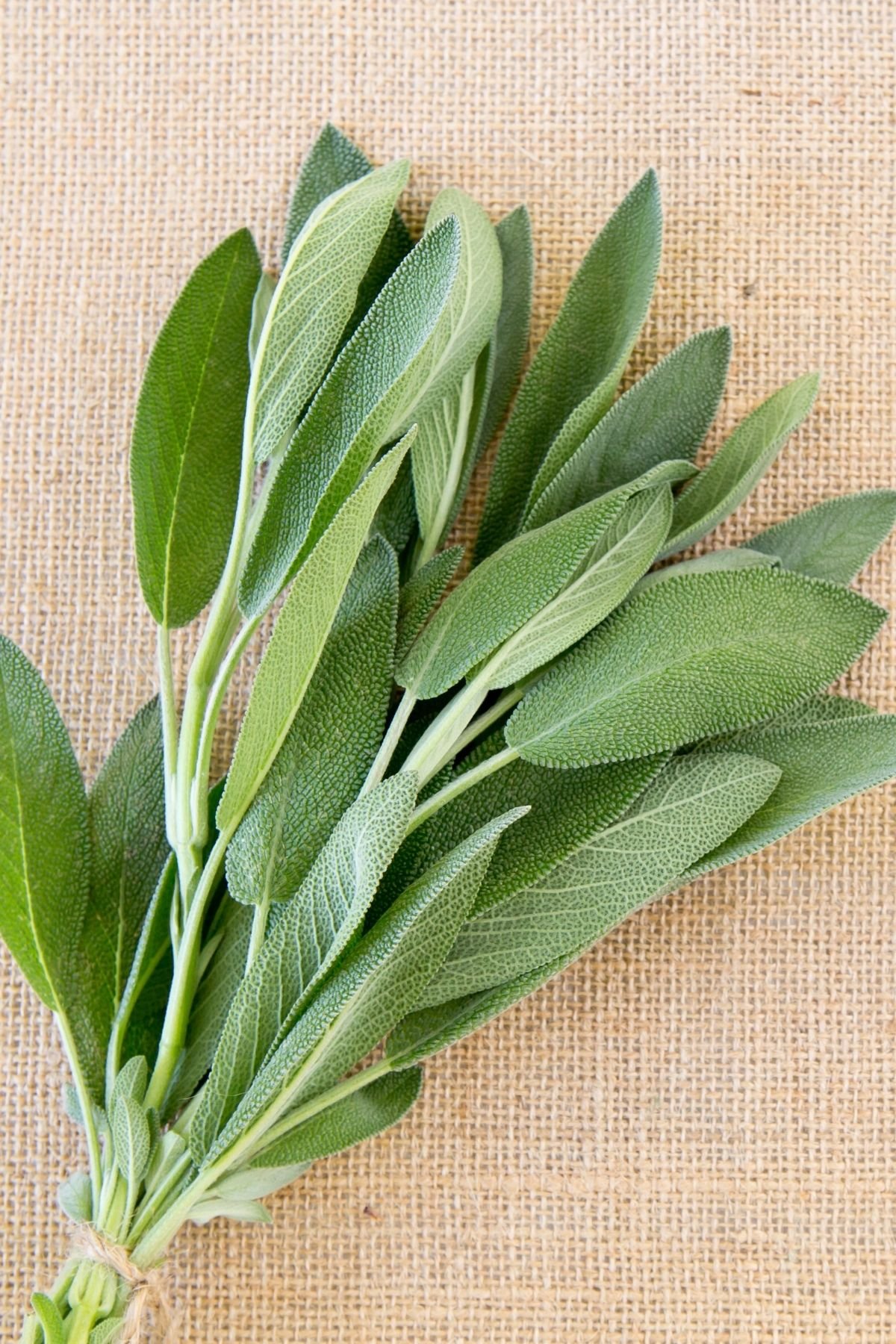
Pungent and earthy – with notes of citrus and pine – sage brings an unmistakable warmth to dishes. It is a particular favorite in holiday dishes and pairs beautifully with onion in stuffing. It also works well with dairy and is the perfect partner for fatty or oily meats.
Because it is quite strong, sage tends to be used in small amounts.
Sage is a member of the mint family, so it is related quite closely to rosemary, thyme, and oregano. It is sometimes referred to by other names, including garden sage, common sage, and Salvia officinalis.
Different Types of Sage
Sage is available in four forms – fresh, dried, ground, or rubbed. Fresh sage can be hard to find and can actually taste quite unpleasant if eaten raw. The other three varieties are far more popular in the culinary world and the types of sage you’ll most often find at the grocery store.
Dried sage is sometimes sold as whole, dried leaves. They are not as strong as fresh leaves and you simply mince the dried form for use in your recipes.
Usually, however, dried sage is sold in a more powdery form called “rubbed sage.” This is produced by rubbing whole dried leaves together.
Ground sage is processed further still into an extremely fine powder, which tends to be stronger than regular rubbed sage.
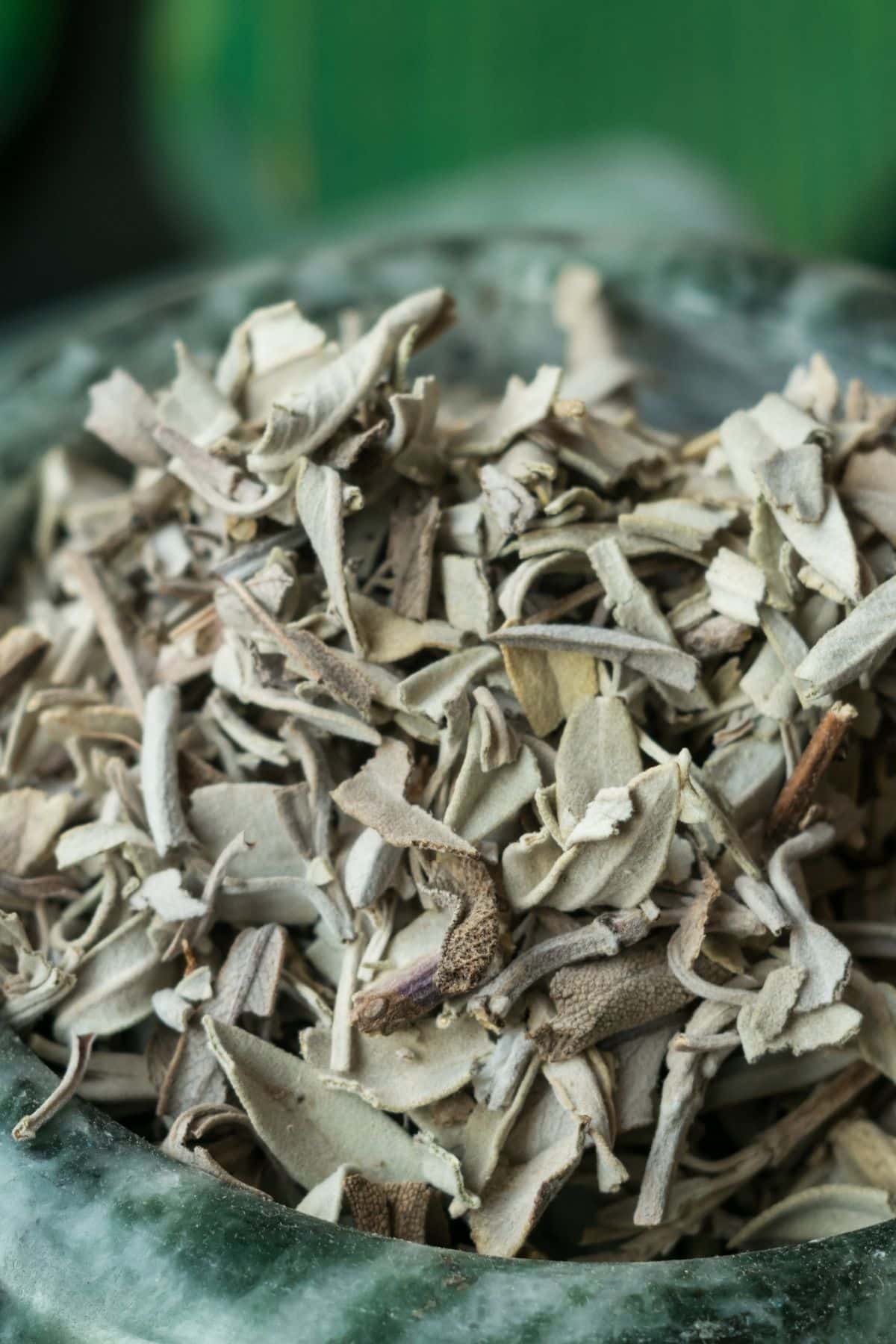
Fresh vs. Dried Sage
For any recipe calling for fresh sage, you can use dried sage (and vice versa). Whenever you use a dried herb instead of a fresh one, it is important to remember that dried herbs are stronger. That means you need to use less in your recipe. You should also check what form your sage is in – rubbed or ground – because that will affect its strength too.
As a guide:
- For one tablespoon of fresh sage use one teaspoon rubbed sage
- For one tablespoon of fresh sage use 1/2 teaspoon ground sage
- For one teaspoon of rubbed sage use 1/2 teaspoon ground sage
Once you’ve decided which form of the herb to use, you will need to think about when to add it to your dish.
It is better to add fresh sage towards the end of the cooking time so that it retains its bright flavor right up until you are ready to serve the dish.
Dried sage, on the other hand, is best added at the beginning. This gives the flavor more time to mellow so that it is not as pungent.
Health Benefits of Sage
Sage contains a good mixture of vitamins, minerals, and antioxidants, with studies showing that drinking sage tea can actually increase antioxidant defenses. The same research also showed that it can lower levels of LDL (bad) cholesterol in the body and raise levels of HDL (good) cholesterol.
Sage may be good for your teeth, too! Researchers found that a sage-based mouthwash neutralized a bacteria called Streptococcus mutans, which can be responsible for dental cavities.
And this wonderful herb may also be useful if you are dealing with the troubling symptoms of menopause. Women suffering from hot flashes found their number and intensity reduced after using a sage supplement every day.
7 Best Substitutes for Sage
If your recipe calls for sage but you have none available, then there are several great alternatives you can use in its place. Ultimately, the best substitute is the one that you have in your kitchen!
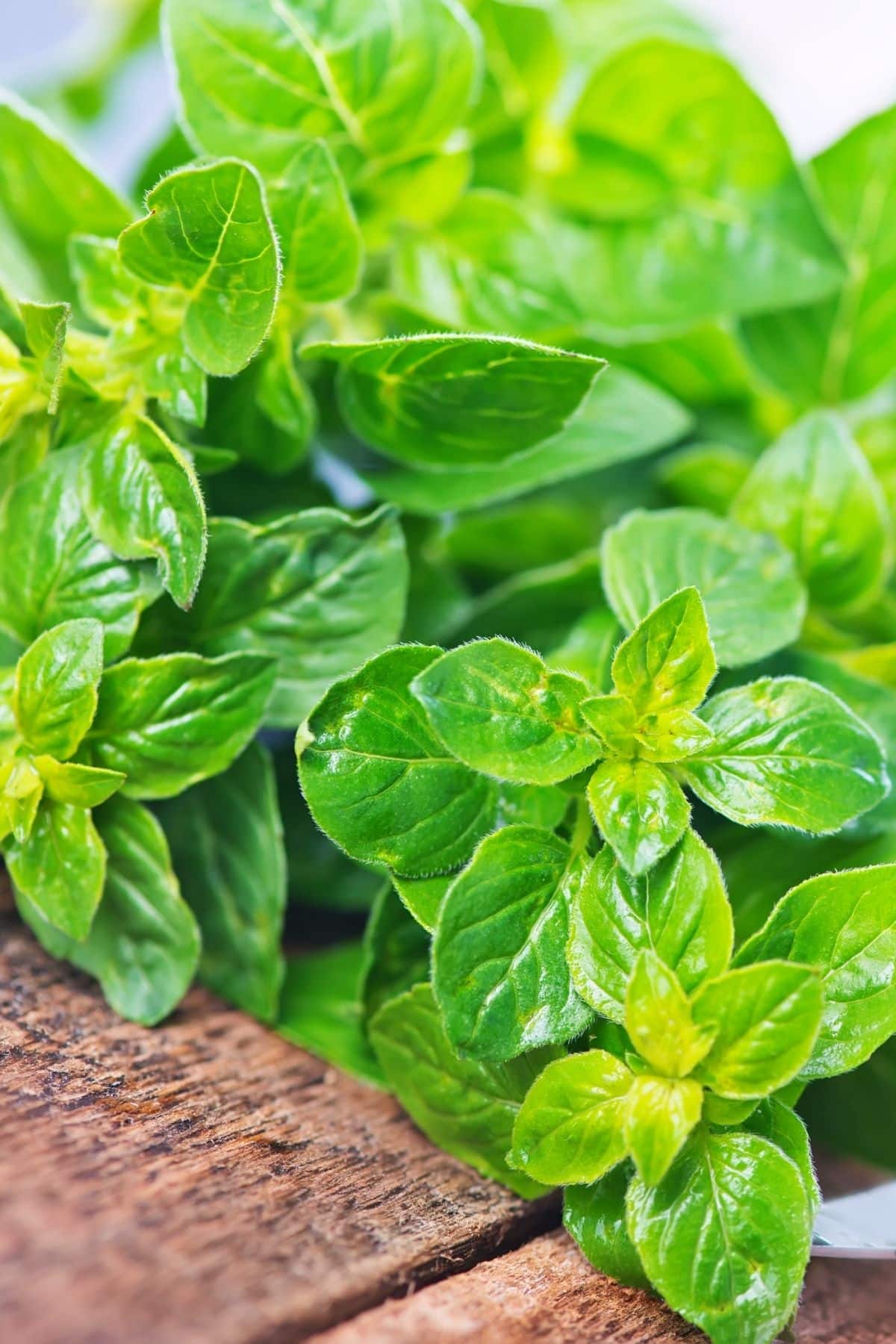
1. Marjoram
This is my number one choice as a substitute for sage as it tastes as close to it as you can get. Like sage, it has pine and citrus notes, and it is also a member of the mint family. Marjoram has a very similar flavor profile.
The difference is that it is slightly milder in taste. And unlike sage, it doesn’t retain its potency for long when you cook it. For those reasons, it is best to add marjoram towards the end of the cooking time.
Use it for meats, poultry, and pasta.
Substitute fresh or dried sage with equal amounts of fresh or dried marjoram.
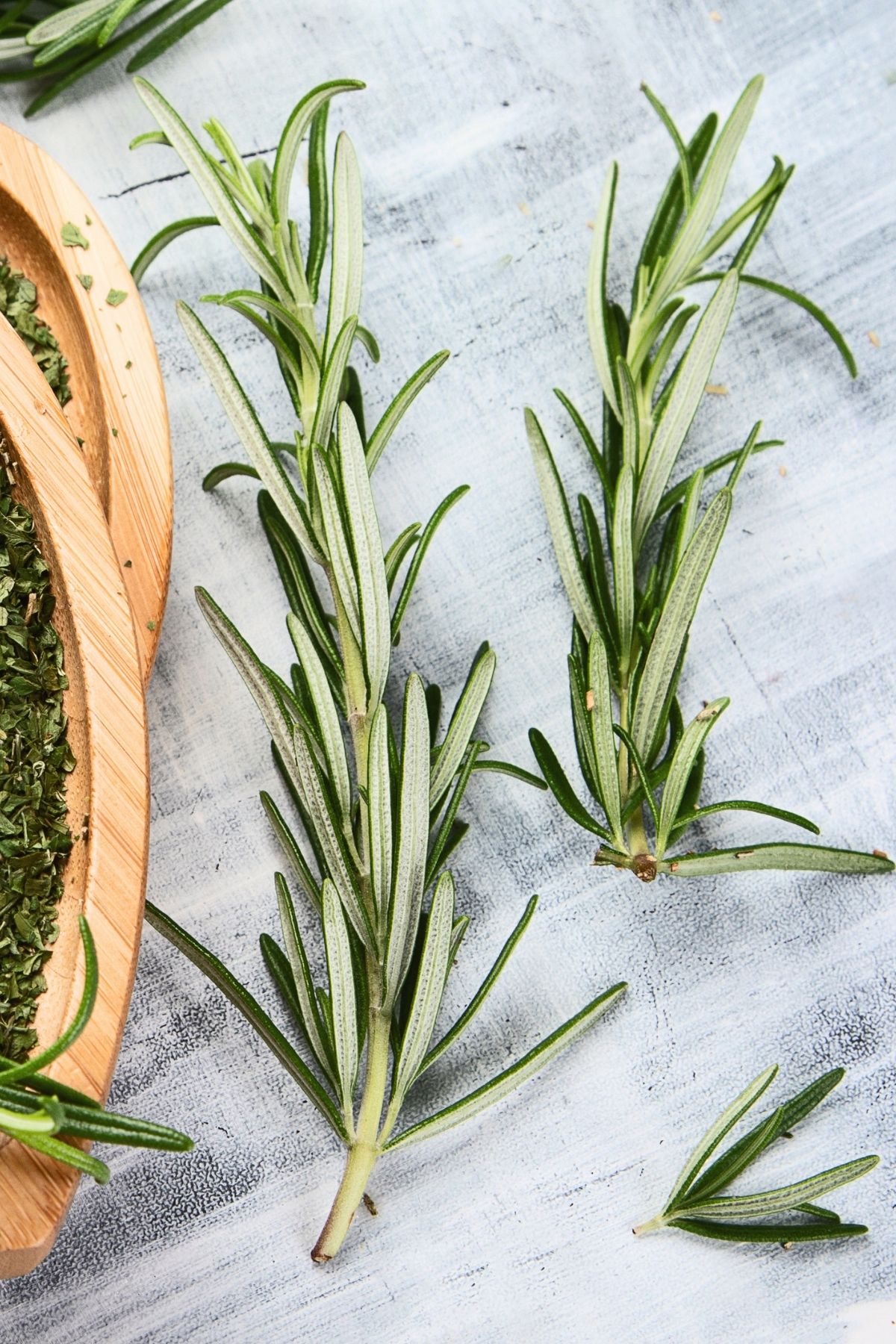
2. Rosemary
If you don’t have any marjoram, rosemary is almost as good as a substitute for sage. Highly aromatic, it brings a similar warmth and richness to foods, along with pine-like and citrus flavors.
It is, however, quite a bit more potent, so it can’t be used measure for measure. Instead, you will only need around a third as much rosemary and you may want to add it a little later in the recipe or remove it earlier to prevent it from overpowering the dish.
Use it in bread, potato dishes, stews, soups, steaks, or poultry.
Substitute one teaspoon of fresh or dried sage with 1/3 teaspoon of fresh or dried rosemary.
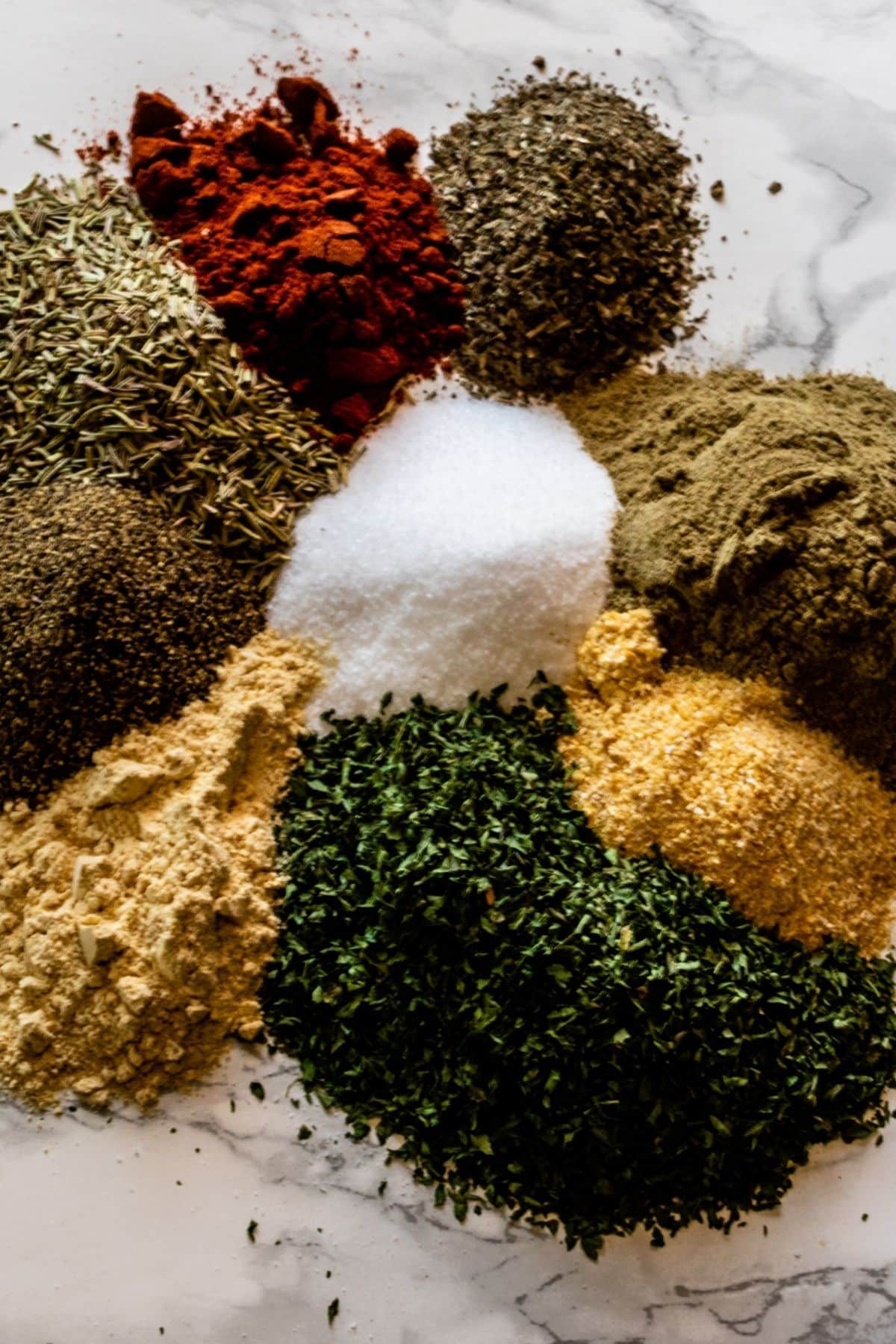
3. Poultry Seasoning
Sage is one of the ingredients in poultry seasoning so it can make a great alternative if you need to add a sage flavor to dishes! However, it tends to contain other boldly flavored herbs and spices too, including marjoram, rosemary, parsley, nutmeg, cloves, and black pepper.
This means that it works better as a substitute in poultry dishes or in stuffing, but not so well in dishes where the sage was meant to impart a more delicate flavor.
Substitute one teaspoon of dried sage with 1 teaspoon of poultry seasoning.
Substitute one tablespoon of fresh sage with 1 teaspoon of poultry seasoning.
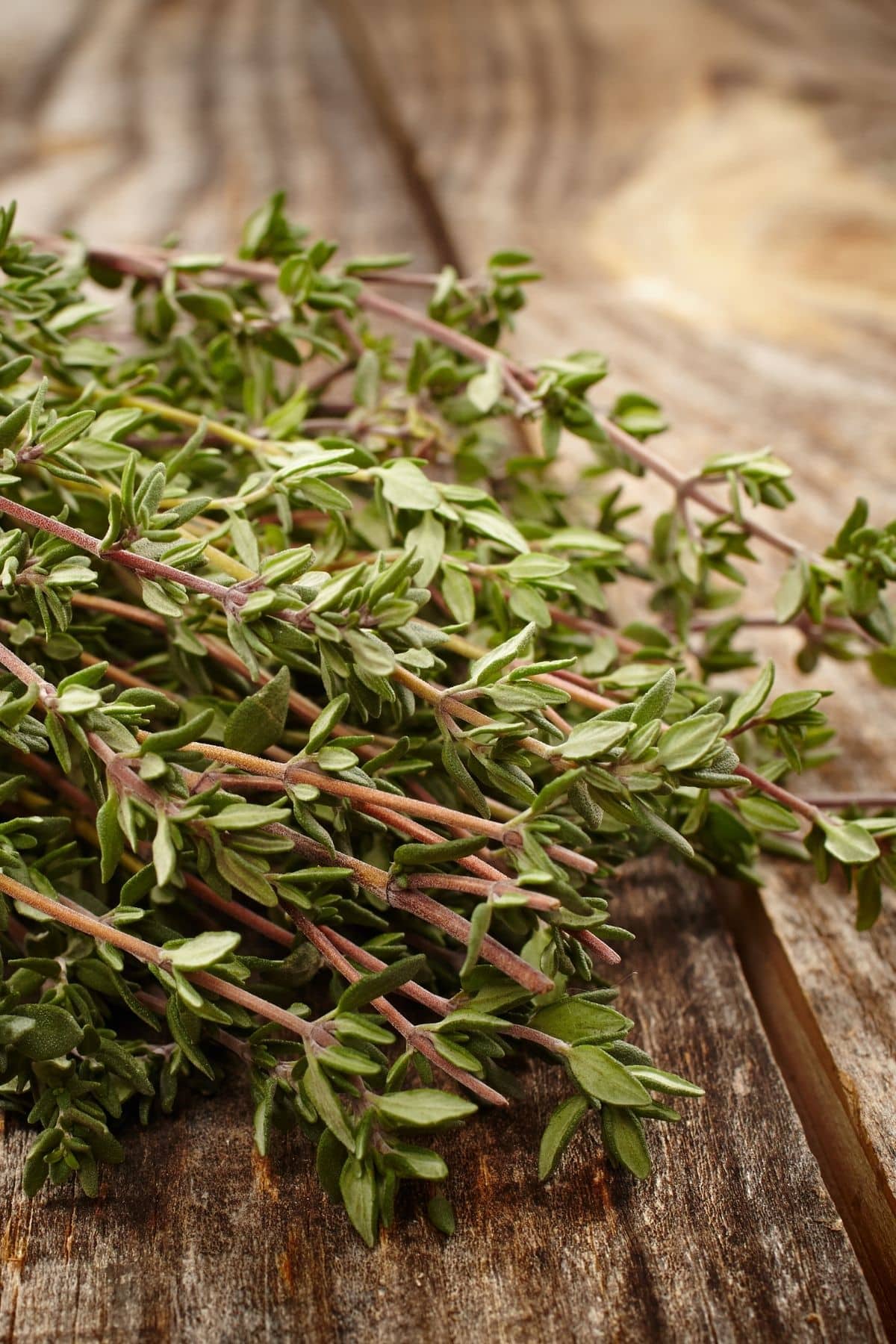
4. Thyme
Thyme is related to the mint family and has an aromatic, woodsy flavor just a little milder than sage. It doesn’t hold its flavor as well as sage during the cooking process, however. If you are cooking a dish that requires a lot of simmering, add thyme later in the recipe.
It works best as a substitute for sage in meat, root vegetable, poultry, and fish dishes.
Substitute fresh or dried sage with equal parts of fresh or dried thyme.
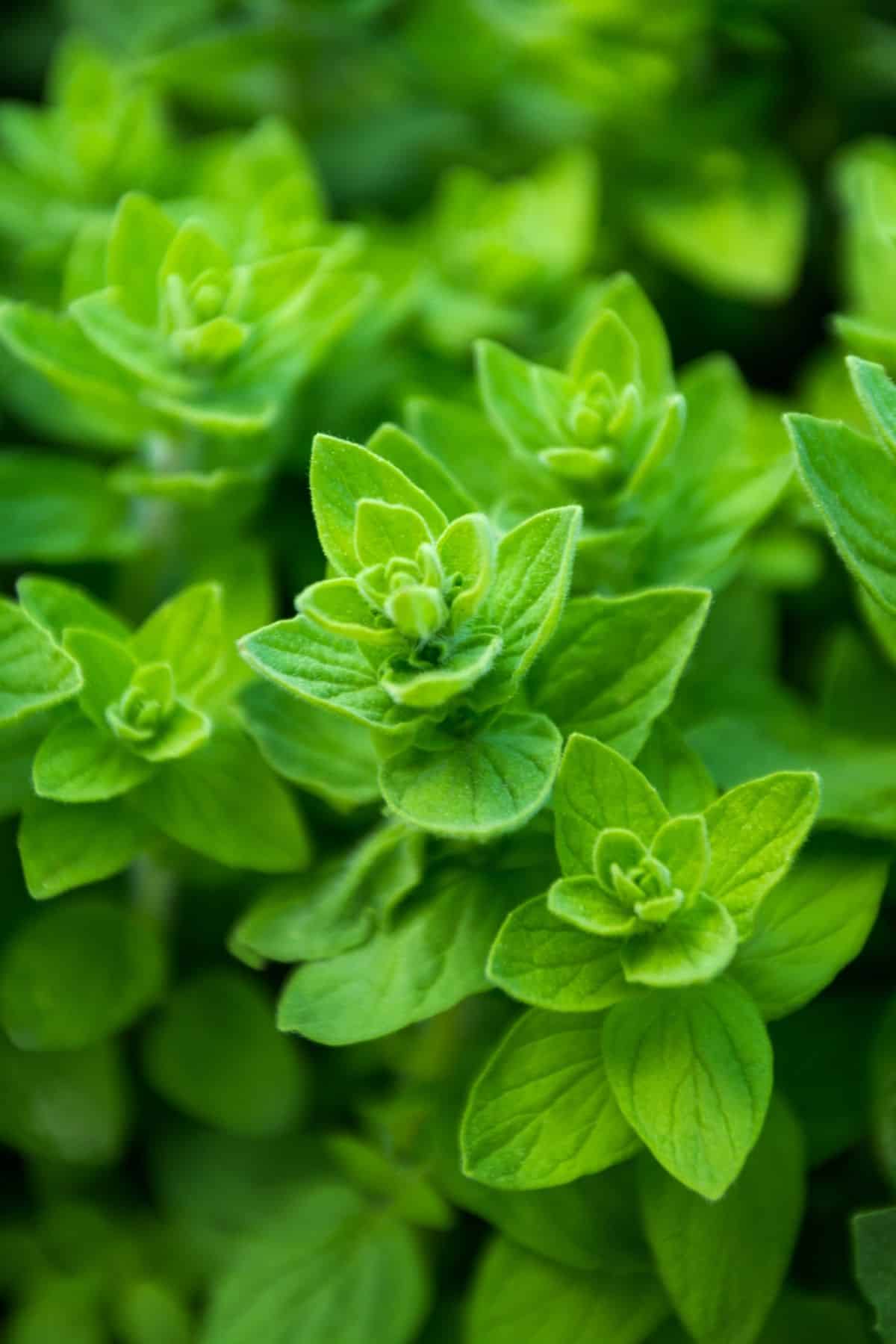
5. Oregano
Oregano is somewhat similar to marjoram and adds an earthy tone to the dishes it’s cooked with.
Fresh oregano is closer in flavor to sage than dried oregano, as it is milder in flavor. But both varieties are a bit more peppery than sage and the flavor is more potent.
Use it as a substitute in poultry or pasta dishes.
Substitute one teaspoon of dried or fresh sage with 3/4 teaspoon of dried or fresh oregano.
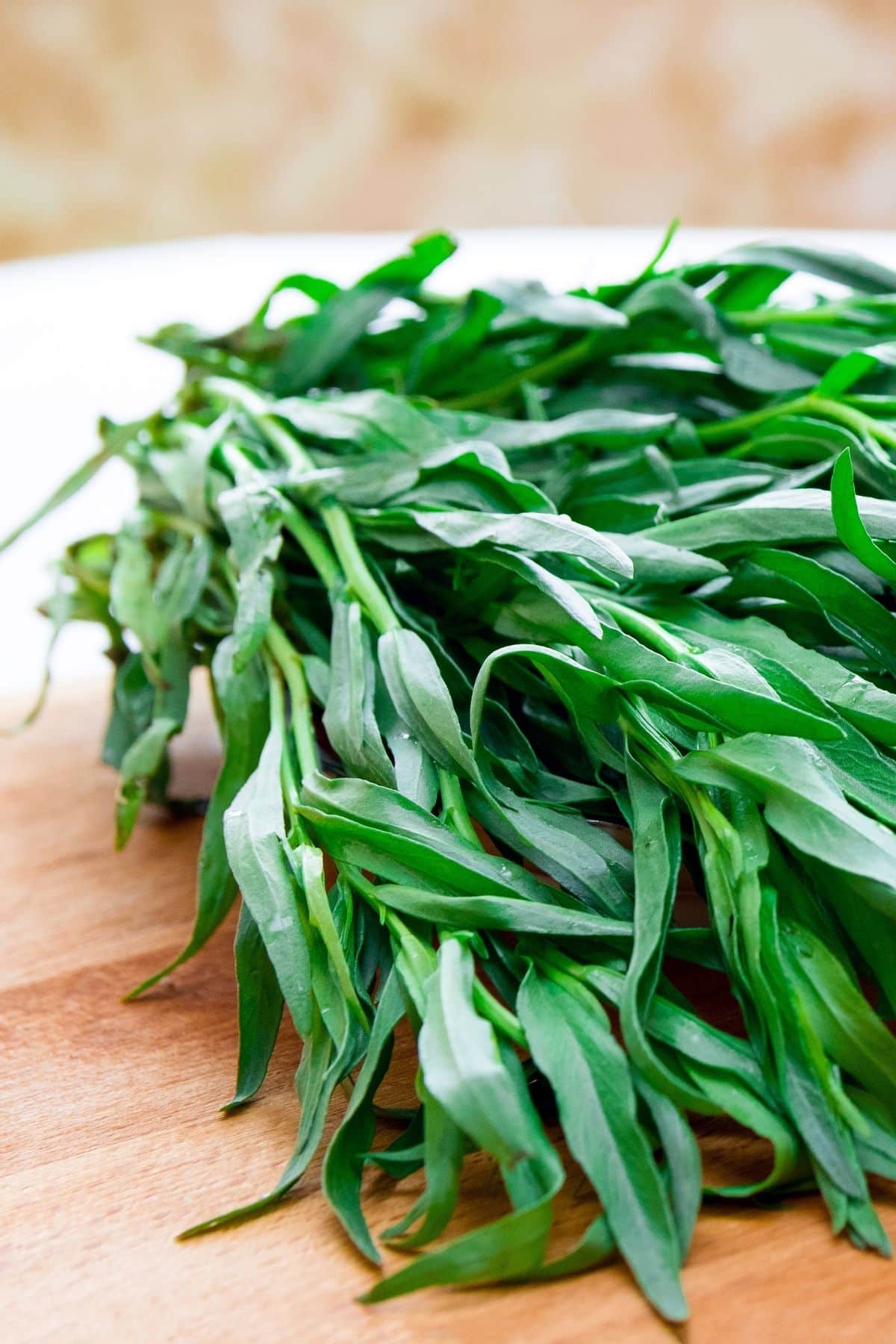
6. Tarragon
Tarragon has an interesting, unique flavor with notes of citrus and anise. Whilst it doesn’t taste particularly like sage, it adds a similar earthiness to your dishes.
It works particularly well in soups, stews, and sauces, especially when used alongside other aromatic herbs like marjoram and thyme.
If you choose to use fresh tarragon (which is quite a bit more flavorful than dried), try bruising the leaves before adding them in order to release their flavor.
Substitute fresh or dried sage with equal parts of fresh or dried tarragon.
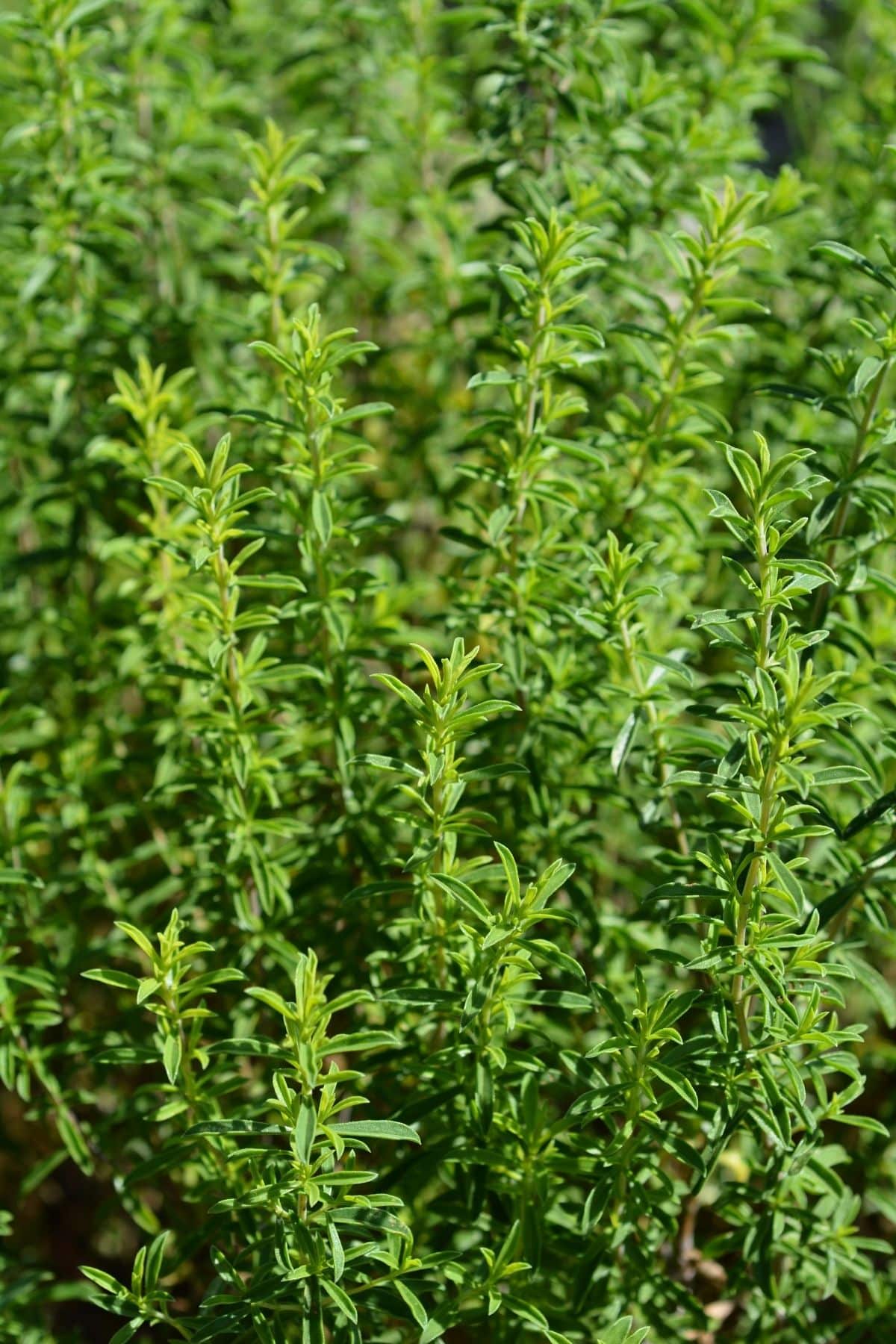
7. Savory
Savory tastes a bit like tarragon but is less well known. Nevertheless, it makes an interesting alternative to sage in savory dishes.
It comes in two forms – winter and summer savory. Winter savory is quite potent and somewhat bitter, whereas summer savory has a more delicate, slightly minty flavor.
Use it in poultry dishes or as a replacement for sage in stuffing.
Substitute fresh or dried sage with equal parts of fresh or dried summer savory.
Substitute one teaspoon of fresh or dried sage with 1/2 teaspoon of fresh or dried winter savory.
More Best Substitutes Articles You Might Like
- Best Substitutes for Bay Leaves
- Best Substitutes for Olive Oil
- Best Substitutes for Garam Masala
- Best Substitutes for Lemongrass
- Best Substitutes for Marjoram
- Best Substitutes for Oregano
- Best Substitutes for Turmeric
Don’t Miss These Articles on Substituting
Conclusions
I hope that you have found this list of sage substitutes useful. While not all of these suggestions will taste exactly like sage, each of them is aromatic and will work perfectly in its place in certain recipes. You might even end up enjoying the slightly different flavor of your finished even more than the original!
Don’t forget to join my newsletter list to get exclusive clean eating recipes and tips. The newsletter is 100% free with no spam; unsubscribe anytime.
Note: this post is for informational purposes only and is not intended as medical advice. Please consult your healthcare provider for recommendations related to your individual situation.



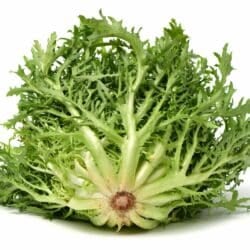
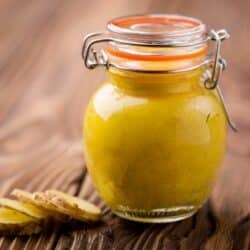
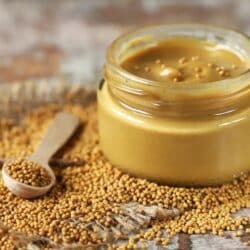
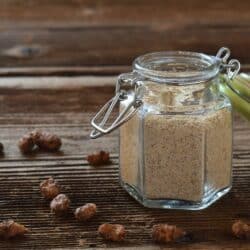





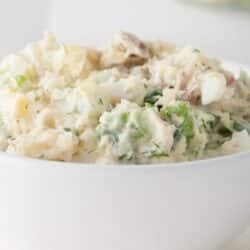


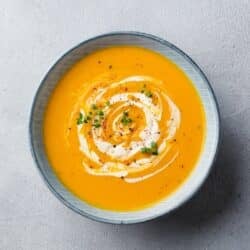




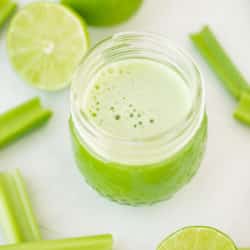


Beneficial .useful…interesting article..will save and share it as it is,,,thank you ..